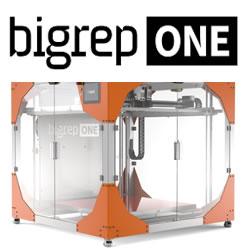FIRST 3D TOOLS PRINTED ABOARD SPACE STATION
The Additive Manufactured Excavator Design Competition
How Big Area Additive Manufacturing is Enabling Automotive Microfactories
Computational Hydrographic Printing
3D printing of patterned membranes opens door to rapid advances in membrane technology
The Advantages Of Using 3D Printing For Creating Your First Product Prototype
New dual-step method provides 3D printing of conductive metals.
Survey 2016
RAPID 2016 - HP begins selling its Jet Fusion 3D printer; says it's 50% cheaper, 10X faster than others
Biggest Challenges Of Mass Customization And Tips For Addressing These Challenges
The MakerBot Obituary
Disney files patent for near instantaneous 3D printing
A Swarm Of 3D Printing Spiders Could Build Your Next Home
Low Volume Production Using 3D Printing
Bring 3D printed robots to life with 'Ziro' hand-controlled robotics kit
Records 601 to 615 of 779
First | Previous | Next | Last
Additive & 3D Printing - Featured Product

